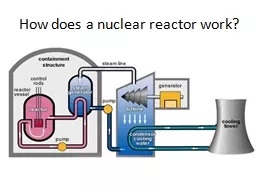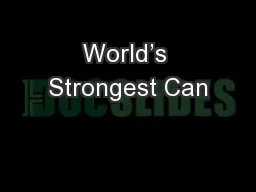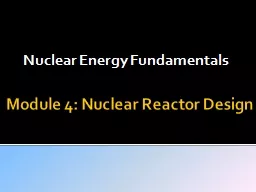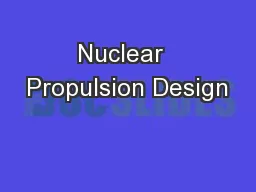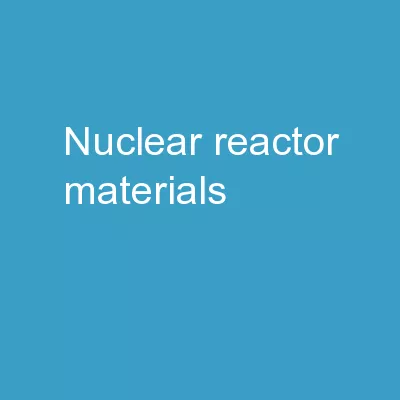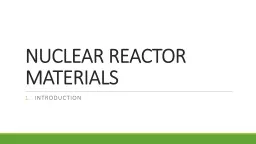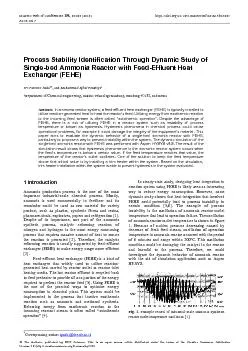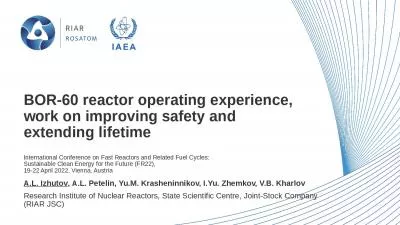PPT-Reactor Network Design Using Attainable Region
Author : liane-varnes | Published Date : 2015-10-22
1 Ref Seider et al Product and process design principles 3 rd ed Wiley 2010 Attainable Region Attainable region AR defines the achievable compositions that may
Presentation Embed Code
Download Presentation
Download Presentation The PPT/PDF document "Reactor Network Design Using Attainable ..." is the property of its rightful owner. Permission is granted to download and print the materials on this website for personal, non-commercial use only, and to display it on your personal computer provided you do not modify the materials and that you retain all copyright notices contained in the materials. By downloading content from our website, you accept the terms of this agreement.
Reactor Network Design Using Attainable Region: Transcript
Download Rules Of Document
"Reactor Network Design Using Attainable Region"The content belongs to its owner. You may download and print it for personal use, without modification, and keep all copyright notices. By downloading, you agree to these terms.
Related Documents


